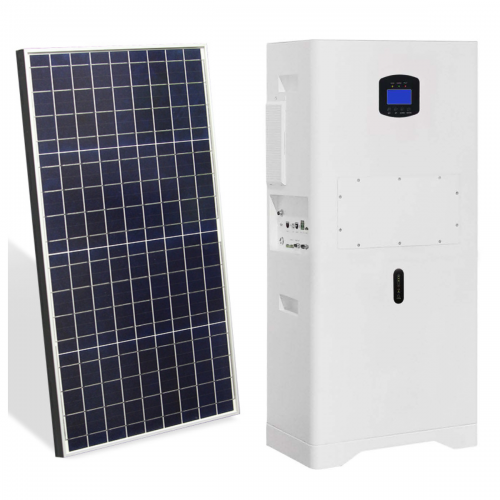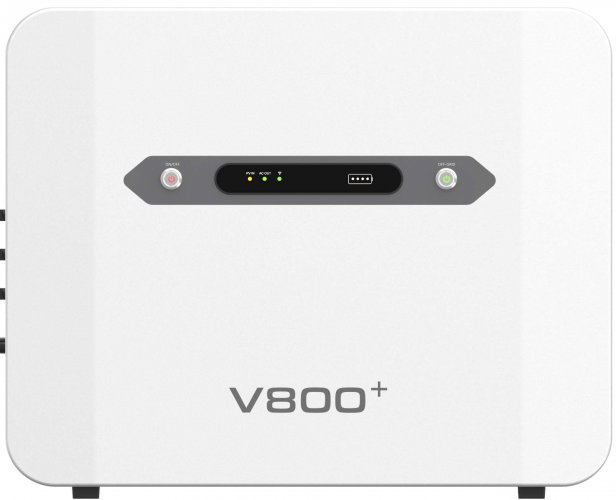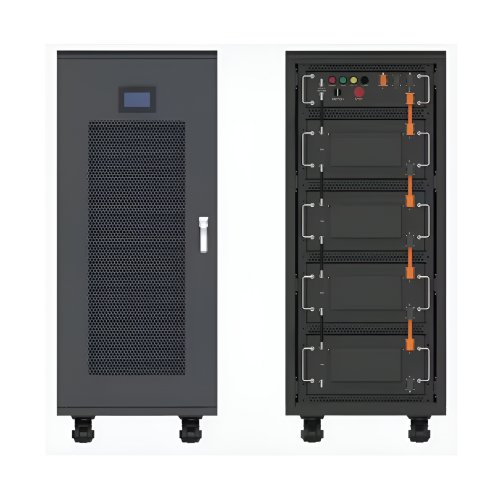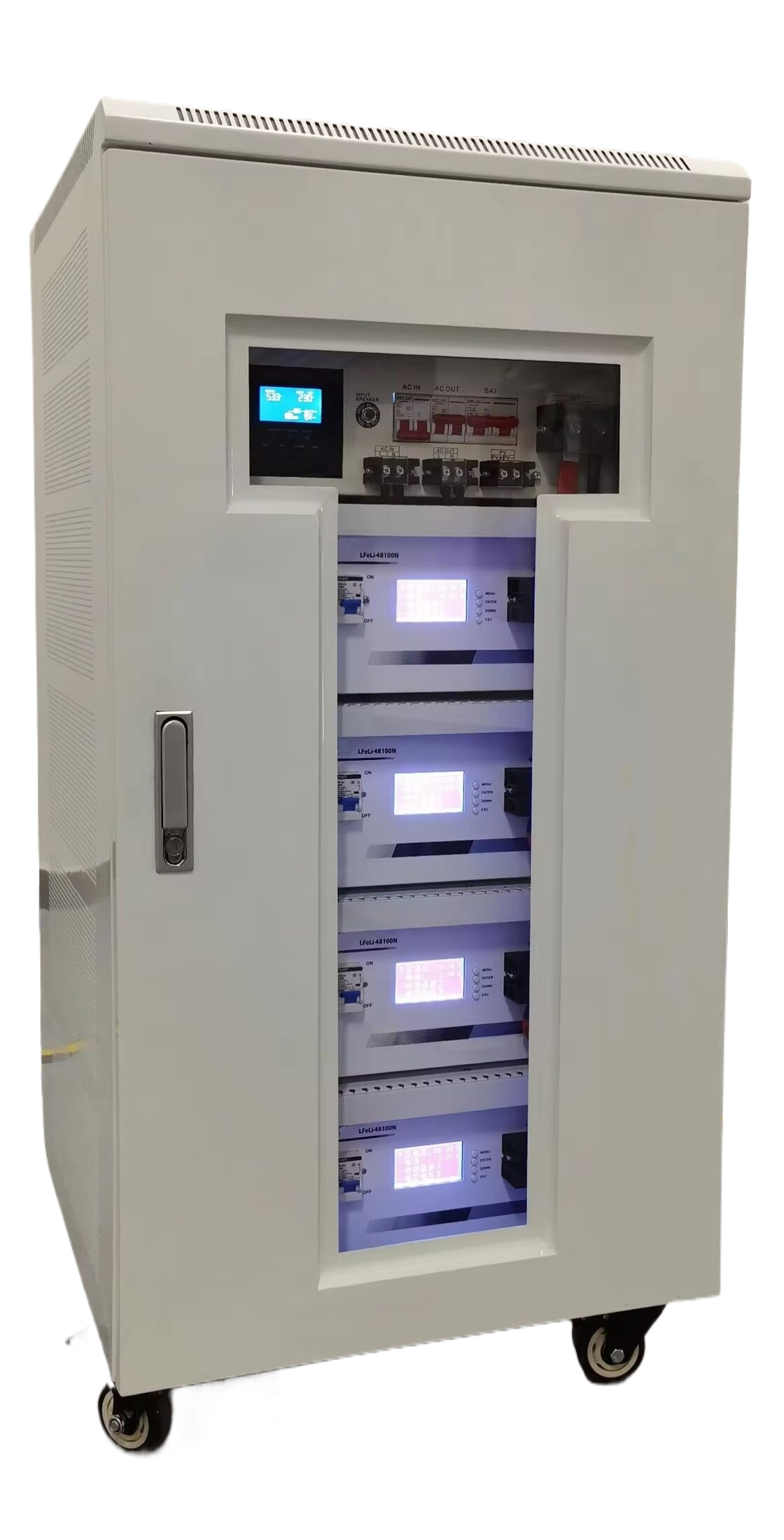Advances In Degradation Mechanisms: Unveiling Pathways And Mitigation Strategies In Materials Science
Degradation mechanisms are critical to understanding the failure modes of materials in various environments, from structural alloys in aerospace to organic layers in photovoltaic cells. Recent research has deepened insights into these mechanisms, enabling the development of advanced mitigation strategies. This article highlights key breakthroughs in degradation studies, including novel characterization techniques, computational modeling advancements, and innovative material designs to enhance durability.
1. Electrochemical Degradation in Batteries Lithium-ion batteries (LIBs) suffer from capacity fade due to cathode degradation, solid-electrolyte interphase (SEI) growth, and lithium plating. Recent work by Xu et al. (2023) employedin situtransmission electron microscopy (TEM) to visualize SEI evolution, revealing that localized stress accelerates crack propagation in cathodes. Additionally, atomic layer deposition (ALD) of Al₂O₃ coatings has shown promise in suppressing transition-metal dissolution (Chen et al., 2022).
2. Polymer Degradation Under UV and Thermal Stress Photodegradation and thermal oxidation remain major challenges for polymers. A 2023 study by Lee et al. identified radical chain scission as the dominant pathway in polypropylene under UV exposure, using synchrotron-based X-ray absorption spectroscopy. Meanwhile, self-healing polymers incorporating dynamic covalent bonds (e.g., Diels-Alder adducts) have demonstrated 80% recovery of mechanical properties after degradation (Zhang et al., 2022).
3. Corrosion in High-Entropy Alloys (HEAs) HEAs exhibit exceptional corrosion resistance, but their degradation in chloride-rich environments is not fully understood. A breakthrough by Wang et al. (2023) linked the formation of Cr-rich passive films to delayed pitting initiation in FeCoNiCrMn HEAs, achieved throughab initiomolecular dynamics simulations.
Customized/OEM/ODM Service
HomSolar Supports Lifepo4 battery pack customization/OEM/ODM service, welcome to contact us and tell us your needs.


HomSolar: Your One-stop LiFePO4 Battery Pack & ESS Solution Manufacturer
Our line of LiFePO4 (LFP) batteries offer a solution to demanding applications that require a lighter weight, longer life, and higher capacity battery. Features include advanced battery management systems (BMS), Bluetooth® communication and active intelligent monitoring.

Customised Lithium Iron Phosphate Battery Casing
ABS plastic housing, aluminium housing, stainless steel housing and iron housing are available, and can also be designed and customised according to your needs.

HomSolar Smart BMS
Intelligent Battery Management System for HomSolar Energy Storage System. Bluetooth, temperature sensor, LCD display, CAN interface, UART interface also available.


Terminals & Plugs Can Be Customized
A wide range of terminals and plugs can be customised to suit the application needs of your battery products.

Well-designed Solutions for Energy Storage Systems
We will design the perfect energy storage system solution according to your needs, so that you can easily solve the specific industry applications of battery products.



About Our Battery Cells
Our energy storage system products use brand new grade A LiFePO4 cells with a battery lifespan of more than 4,000 charge/discharge cycles.



Applications in Different Industries
We supply customized & OEM battery pack, assemble cells with wiring, fuse and plastic cover, all the cell wires connected to PCB plug or built BMS.
Applications: E-bike, Electric Scooter, Golf Carts, RV, Electric Wheelchair, Electric Tools, Robot Cleaner, Robot Sweeper, Solar Energy Storage System, Emergency Light, Solar Power Light, Medical Equipment, UPS Backup Power Supply.
We can provide you with customized services. We have the ability to provide a vertical supply chain, from single cells to pack/module and to a complete power solution with BMS, etc.


HomSolar (Shenzhen) Technology Co., Ltd
























